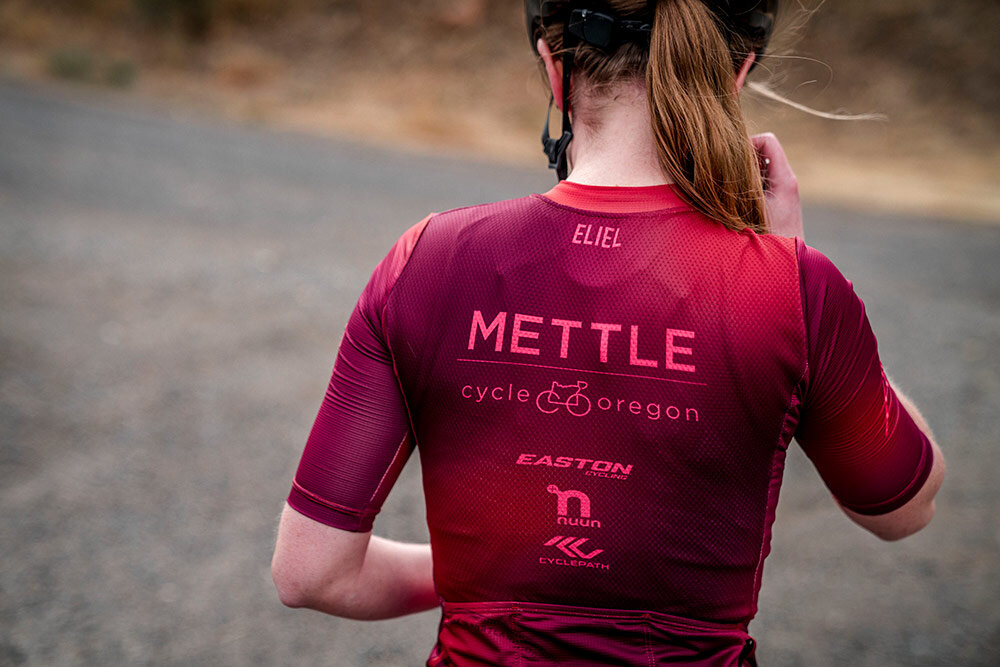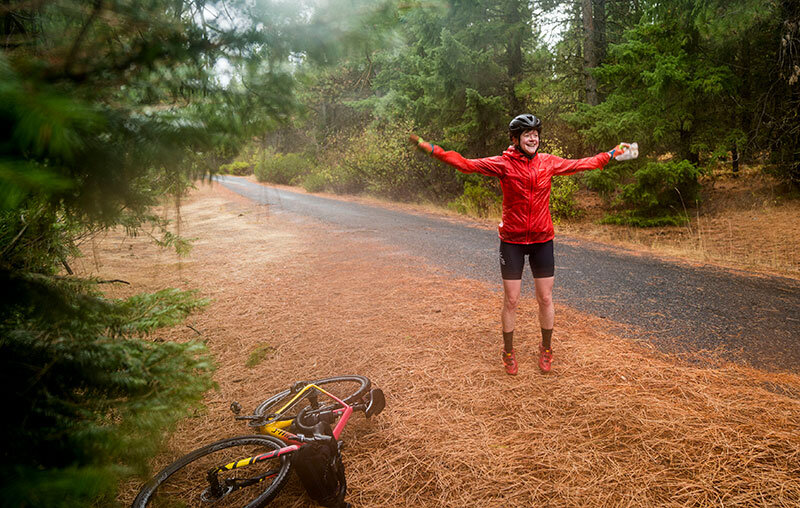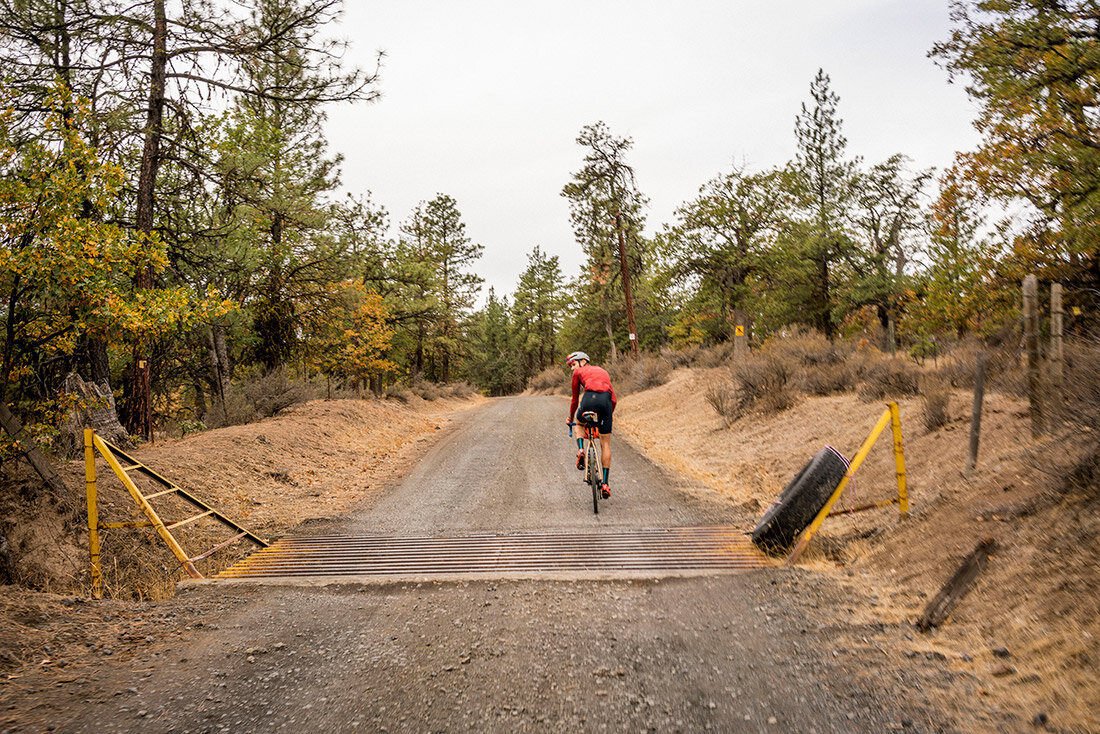FIELD REPORT | Cycle Oregon in the Tygh Valley
Recently, a few of our #TEAMIES took a trip east of the cascades into the central Oregon high desert. The Tygh Valley is very close to Maupin, just east and a little south of Mt. Hood. There is a stark transition from the coastal forest to desert as soon as you crest the Cascades and it makes for some fantastic riding if you’re willing to drive an hour or two.
For the “early gravel scene” in Oregon (mostly fostered by Donnie Kolb at the now defunct Velo Dirt), this area has served as a sometimes sanctuary from the winter rain from the Cascades to the coast. More sunshine, vistas, and gravel than you can shake a stick at. Mr. Ben Guernsey took some photos and gave us a write-up to post about this route from our partners Cycle Oregon.
Everything is cancelled but Gravel is still open
October usually means cyclocross for us at Mettle, but we were excited for Cycle Oregon’s routes of the less paved variety East of Mt. Hood. Like every responsible company, Cycle Oregon cancelled their events this year. But we were able to make our own socially distant non-event on the dates it would have taken place and imagined what would have been.
Coming from the Willamette Valley the contrast in terrain is always strikingly different, Tygh Valley is a great launch pad for a weekend adventure of roads less travelled. It reminds me of why many of us take up riding bikes, discovering new roads and light enough traffic that you can have a conversation as you take in the world.
The Routes
Both days out of Tygh Valley start with the same climb, gradually coming off the river and up the ridge. Washboards were abundant but we were glad to be going up. Day One sends you cutting North off the gravel and onto a paved fire road, more steady climbing and views until a swoopy descent. The upper loop was a little chunky and windy, with some fun double track that keeps you on your toes. The final stretch home is a blast spinning out with a tailwind. Even the bit of highway on the way back goes by quickly as you descend back into town.
Day Two keeps you going past your previous paved turn North, as you head deeper into the lone pine forest. The descent starts on dirt and you can pick up some good speed with mud puddles to keep it interesting. It’s all pretty gradual (thankfully) until Badger Creek, which sees you drop quickly. By the time you find pavement, you’re thankful for the smooth speed even though there is still more climbing. Eventually you find yourself bombing downhill on old tarmac with some clusters of rim-eating craters that T’s you into an old highway. Just as the old heat stress cracks become annoying it turns to a new highway and the lower elevation brings warmth. A detour around Pine Hollow sees the last gravel sector for the weekend then you get a final ripping twisty descent back to Tygh Valley.
All in all, two great routes. Not that I would expect anything different from a group with as much route-making experience as Cycle Oregon. It was all perfect, just missing a few hundred friends. Not sure if CO plans to do the same routes or move them for 2021, but I’d highly recommend checking out the roads around Tygh Valley.
Thoughts on Gear
Both days we rode cyclocross bikes with tires around 36–42c. Small tight knobs were great. The 42c may have been a bit overkill, but also very confidence inspiring. Something like a 38c slick to light tread would be ideal; Panaracer Gravel King Slick / SS or light tread Schwalbe comes to mind. The soil is sandy and even with some rain not much clings to tires and bikes. Speaking of rain, it is October in Oregon. Come prepared! It rained significantly on us midway through day two. Stopping to throw on all our layers and do jumping jacks became necessary. A packable rain jacket is much a safety requirement. There was no water along the routes, except Badger Creek if you bring a water filter. Two large water-bottles are great for cool temps but if it’s warm out, bring a third. Also needed: a GPS unit. It’s highly confusing out there with forest roads going every which way. Otherwise have fun, be nice and wave. It is beautiful country out there.









